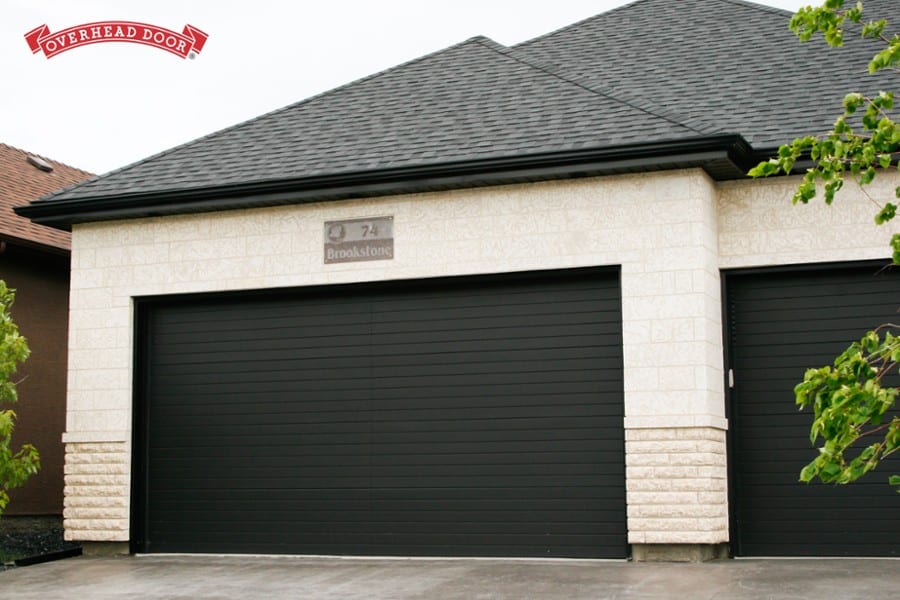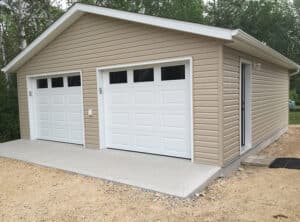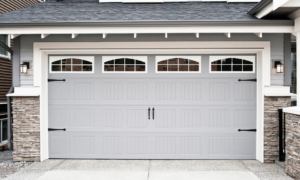Blog written by Overhead Door of Winnipeg

Garage Doors are an essential part of optimizing your home to be energy efficient and green. A wellinsulated garage door can help keep the temperature inside your house stable. Your garage door can also help you save on your electric and heating bills and reduce your energy waste all while helping the environment.
Evaluate the R-Value
Since the garage door is often the largest opening of a house, it plays a significant role in the overall thermal efficiency of your home. Garage door manufacturers use the R-value of the garage door to measure its insulation capabilities. The higher the R-value, the greater the insulating properties of the door. For a garage that’s connected to the home, you should seek a value greater than R-10.
Another term you may see when shopping for an energy-efficient garage door is, the U-value, which is the exact inverse of the R-value. It measures the flow of heat through the building material. Essentially, a lower number means better thermal efficiency. After installation, the U-factor determines the overall measure of energy loss and heat flow. Variances in finish and color will play a role in the final measurement, as higher solar reflectance from bright colors increases the energy efficiency.
Each Overhead Door™ garage door includes the corresponding R-value listed on our website and brochure, so you can always find the choice that best fits your thermal needs. If you need help figuring out which R-value is right for you, our trusted Red Ribbon Distributors are always eager to assist you.
Choosing a Material That Fits Your Needs
Beyond the design and “curb appeal” associated with a new garage door, the material plays a significant factor in its overall energy efficiency. When “going green,” you should consider these options against your thermal goals:
Steel: Steel is a durable, attractive material commonly used for garage doors. By itself, steel garage doors offer little thermal protection, but the Overhead Door™ Thermacore® insulated steel garage doors feature our sandwich construction of steelpolyurethane- steel as well as between-section seals with thermal breaks. This reduces air infiltration, making it an ideal choice to keep your home comfortable in cold or hot climates.
Wood: Wood offers a certain texture and charm for your home. Wood in itself offers little benefit in regards to thermal comfort, but a Courtyard Collection® garage door gives you the beauty of wood with the durability of steel. Additionally, they provide superior insulation with an R-value of up to 12.76.
Vinyl: Vinyl is known for its maintenance-free finish that looks great, year after year. The Overhead Door™ Durafirm Collection® vinyl garage doors boast exceptional thermal efficiency and protection from exterior noise, as well as from dents and rust.
Other Things to Consider
Air leakage: Significant gaps between your garage door and walls can result in air leakage, which can render even the most insulated doors useless when it comes to energy efficiency. Professional installation will ensure your garage door has proper fitting seals, weatherstrips and hardware, preventing needless energy loss.
Windows: Windows on garage doors are attractive and allow beautiful sunlight into an otherwise musty garage, but they can also be a source of energy loss. Consider installing windows with low-emissivity coatings and glazes to decrease the heat flow. When optimizing your home for energy efficiency, choosing a “green” garage door can make a huge impact on your home’s overall eco-friendliness









